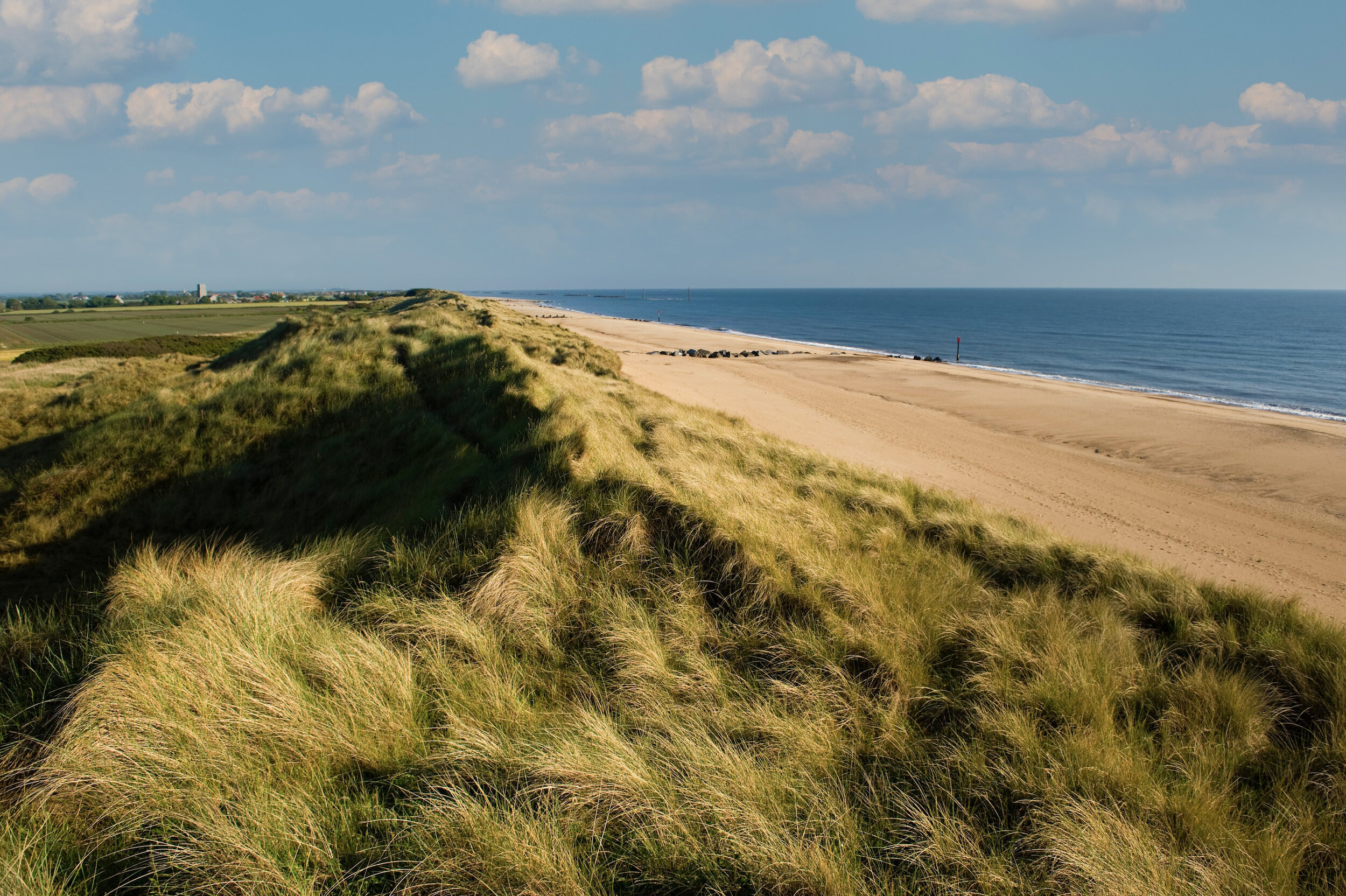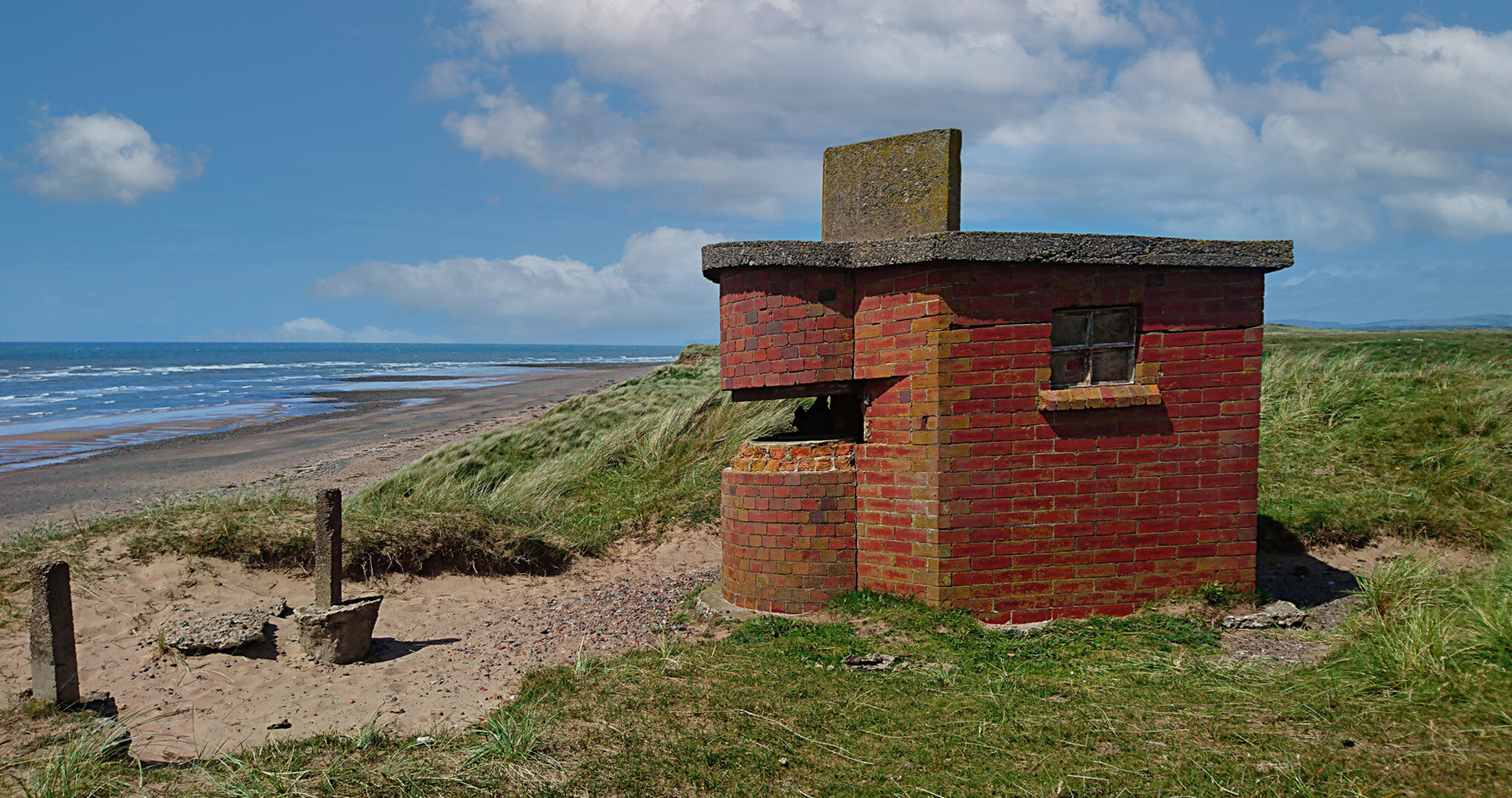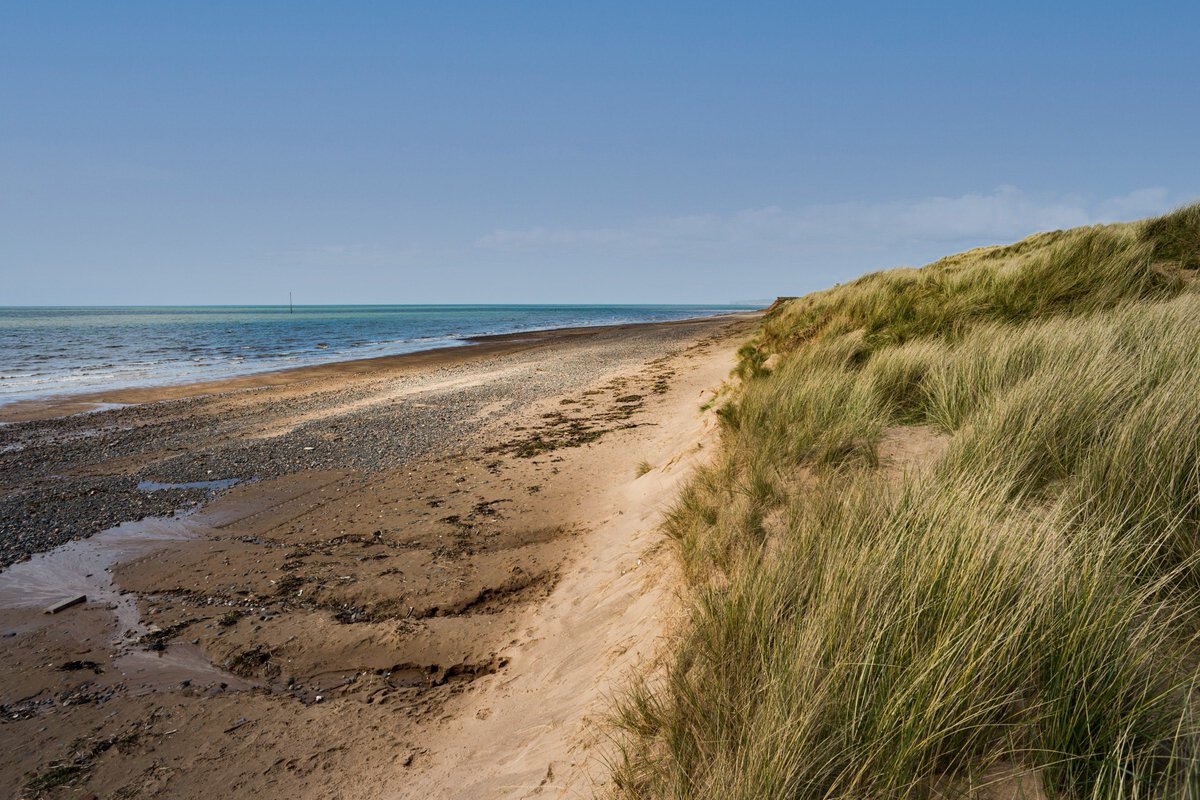Drigg
The small village of Drigg lies on the western edge of the Lake District on the Irish Sea coast. The village is known as the location for the UK’s national low level nuclear waste repository but, if that doesn’t put you off visiting, the area has a stunning beach that offers a number of photographic opportunities
The coast at Drigg has one of the largest sand dune systems in the United Kingdom and are a Site of Special Scientific Interest
This beach has the largest sand dune system in Cumbria supporting a wide variety of species such as sea holly, sea bindweed and blue fleabane. The Drigg dunes sweep down into the Irish Sea with the high mountains of Scafell Pike and the Wasdale fells as background,
The dunes also support one of the largest seabird breeding colonies in the northwest and are home to Natterjack Toads; great crested newts and adders that thrive in this special landscape. Many of these are protected species so they should not be disturbed or handled.
The beach and surrounding area were Royal Ordnance Factory sites from World War II and the area still has derelict buildings that once were gunnery observation points. These provide opportunities to document how nature is reclaiming the old buildings.
The Dunes at Drigg, along with those in nearby Eskmeals, are sites of specific scientific interest.
The coast at Drigg has one of the largest sand dune systems in the United Kingdom and are a Site of Special Scientific Interest
Getting There:
Drigg is on the west coast of Cumbria near the town of Seascale. From the A595 head for Holmrook and take the B5344 signposted for Drigg and LLW Repository. Follow the road through the village and turn left onto Station Road. Cross the level crossing over the rail tracks and follow the road until its end. There is a small carpark at the end of the road and a path leading down to the beach and dunes.
Drigg Dunes Car Park Grid Ref: SD 048 984



